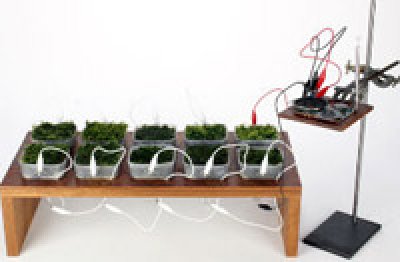Scientists produce bionic plants using nanotubes to boost photosynthesis

Plants are an essential part of the world's ecosystem. They provide oxygen, food, building materials and a valuable source of energy as well. However, scientists have endeavored to improve the already useful abilities of these plants using cutting edge nanotechnology. Using nanomaterials such as nanotubes, scientists can now augment plants for a variety of applications. This can include anything from creating bionic plants that can sense harmful gasses or other pollutants or designing plants with supercharged photosynthetic capabilities.
The team that designed and created the bionic plants was able to boost their experimental plant's capacity to capture light by as much as 30 percent. This was accomplished by embedding carbon nanotubes in the plant's chloroplasts. The chloroplast is a plant organelles that is responsible for photosynthesis.
Aside from augmenting plants to be more efficient energy producers, the scientists also used another type of carbon nanotube to augment a different set of plants to be able to detect the presence of nitric oxide in the atmosphere.
The researchers who worked with the augmented plants said that the process could be tailored for specific purposes. Plants could be modified to detect a wide variety of chemicals and compounds such as bacterial toxins, harmful fungi, pesticides and many types of environmental pollutants.